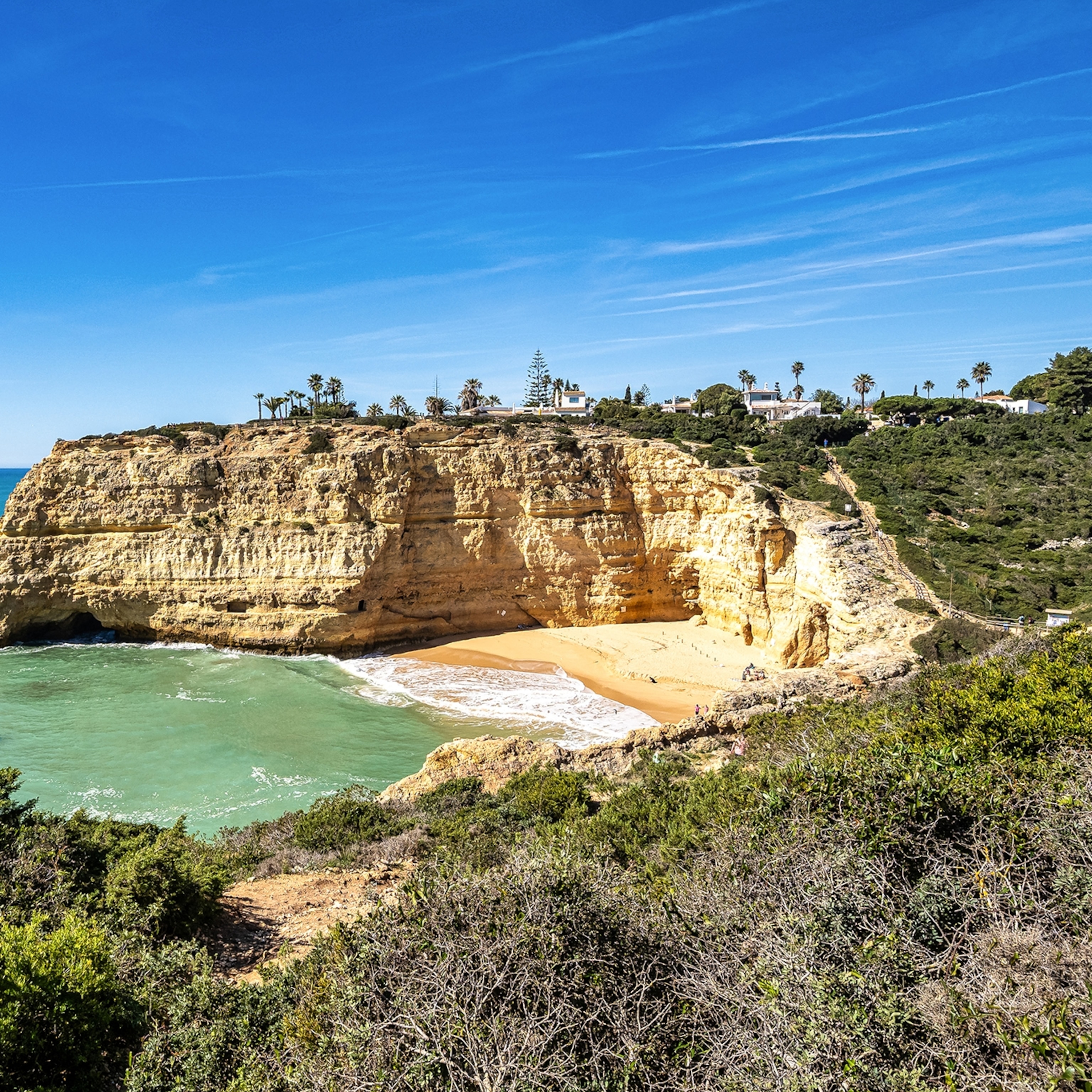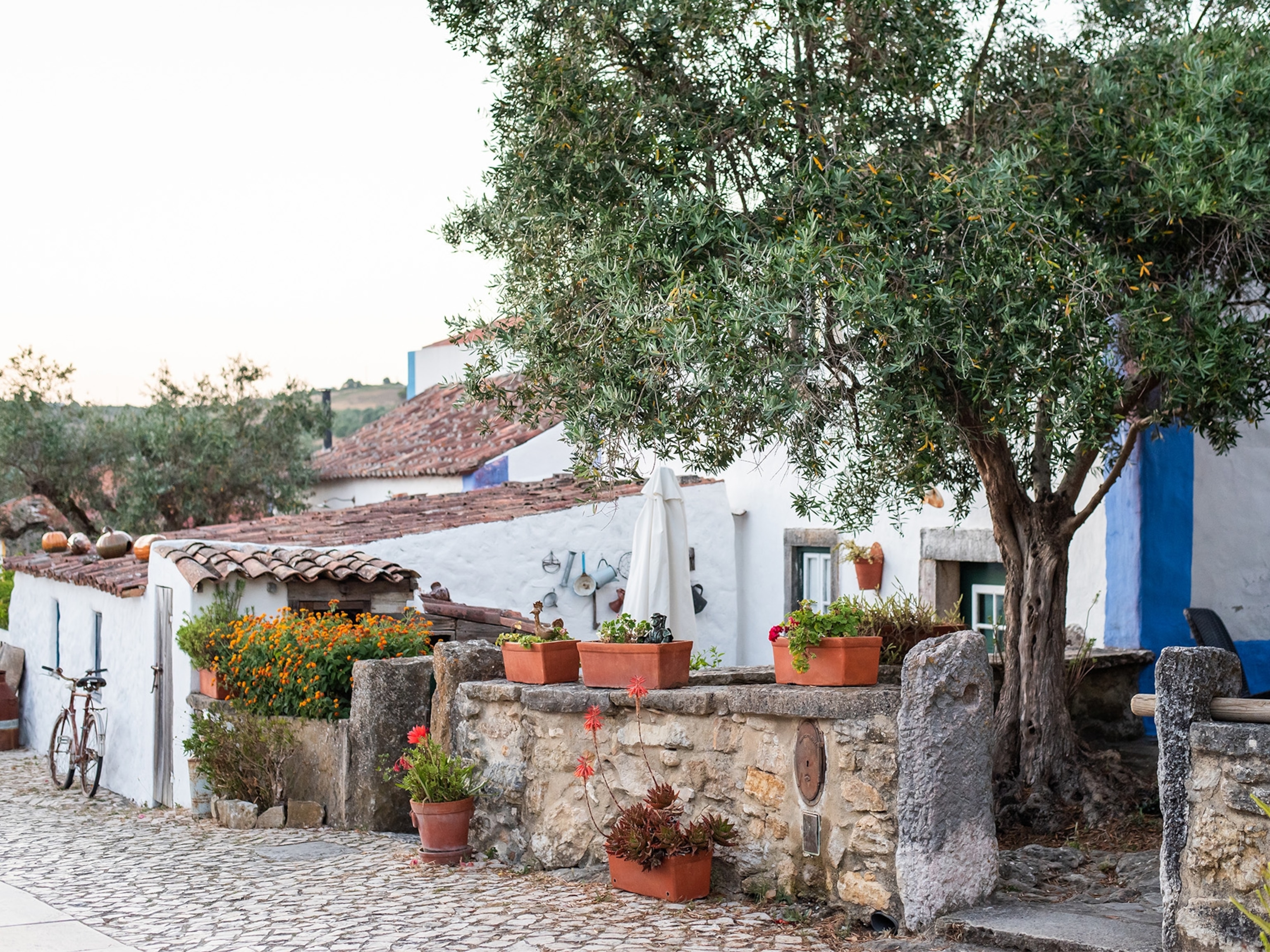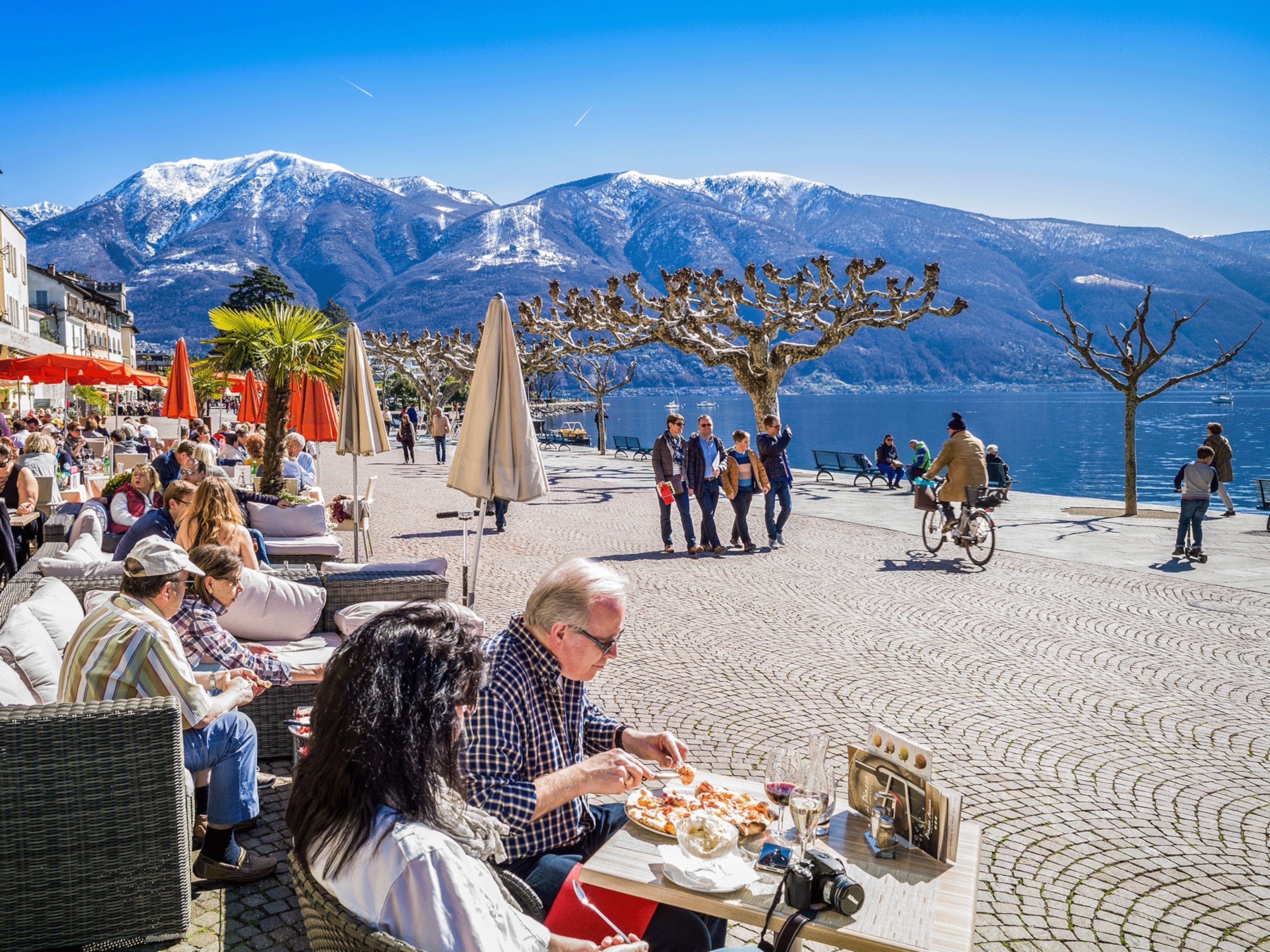
A culinary guide to the Azores, Portugal's elemental archipelago
A lush chain of volcanic islands in the Atlantic, the Portuguese archipelago is shaped by the elements. So too is its cuisine, from rich, matured cheese to wines made from grapes grown on ancient lava flows.
The taste buds on the side of my tongue are tingling after eating São Jorge cheese. I wince; an apron- clad Gilberto Vieira laughs at my visceral reaction to the slice he cut for me in his grocery store. The room is packed with antique finds, chosen by Gilberto to give a flavour of what life was like in the Azores in the years after the Portuguese first discovered the islands in 1427. A meal at Quinta do Martelo — an ethnographical centre, restaurant and hotel, created over 32 years by Gilberto — begins here at the counter, with petiscos (small plates), which would’ve been eaten by the settlers who crossed the 1,000 or so miles of Atlantic Ocean, travelling west from mainland Portugal. There’s boiled corn with salt, tremoços (lupin beans), pickled sea fennel, fiery chilli paste, vinegary fava beans and wheat and corn bread, plus glasses of red wine mixed with orange soda.
Upstairs, in a time warp of a dining room, we tuck into alcatra, a spiced beef stew slow-cooked in a clay pot. It’s the totemic dish of Terceira Island, one of nine volcanic islands that make up the Azores archipelago, and reflects the evolution of ingredients and tastes here, as well as the history of the Portuguese who moved here from the country’s mountainous north east.
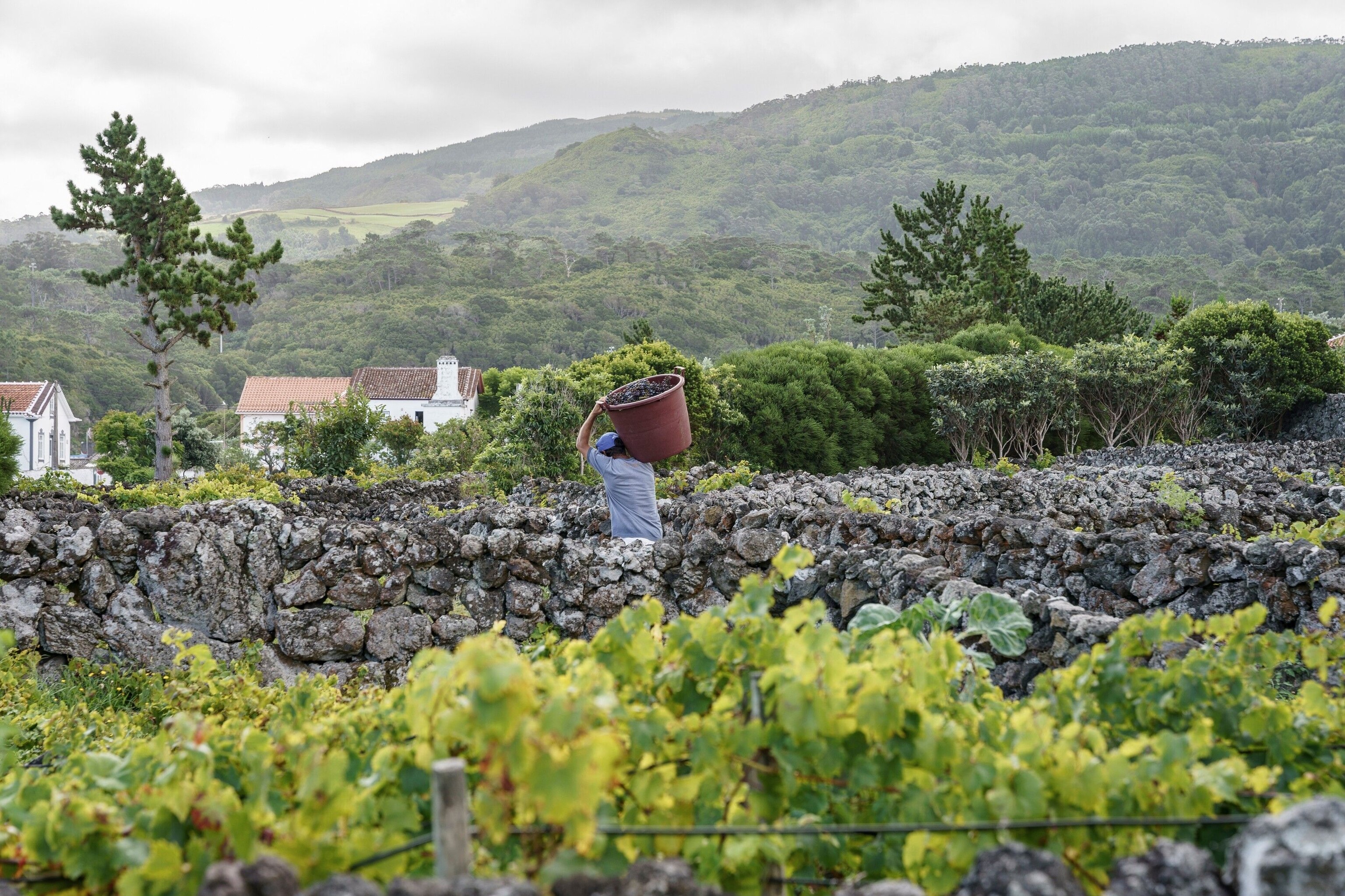
The early settlers on this archipelago — with its often-unforgiving landscape — survived on bland, simple food. But when Portugal embarked on the Age of Discovery in the 15th century, they encountered new spices and foods, and docked their caravels (small sailing ships) at Azorean ports to replenish. Dishes here changed dramatically. Suddenly, the local larder included sweet potatoes, tomatoes, cinnamon, nutmeg, allspice and pepper. Winemaking, too, began to flourish. “When those early people arrived here, it was like landing on the Moon,” says Francisco Maduro-Dias, the grand master of the Confraria do Vinho Verdelho dos Biscoitos (a ‘brotherhood’ formed to promote the local wine). “They came from the Iberian Peninsula and were used to working with soil. But here it was mostly rocks with little topsoil. They brought with them a Mediterranean wine culture and they had to adapt when they arrived, planting their vines in cracks in rocks and lava.”
Francisco, along with his some of his fellow brothers, is guiding me through the vineyards of Terceira, clustered near the sea beside the town of Biscoitos. It’s here we meet winemaker José Machado Sousa at his little adega (winery) where, on the edge of a lava flow overlooking the Atlantic, he nurtures his red wine, Pedro do Lobo.
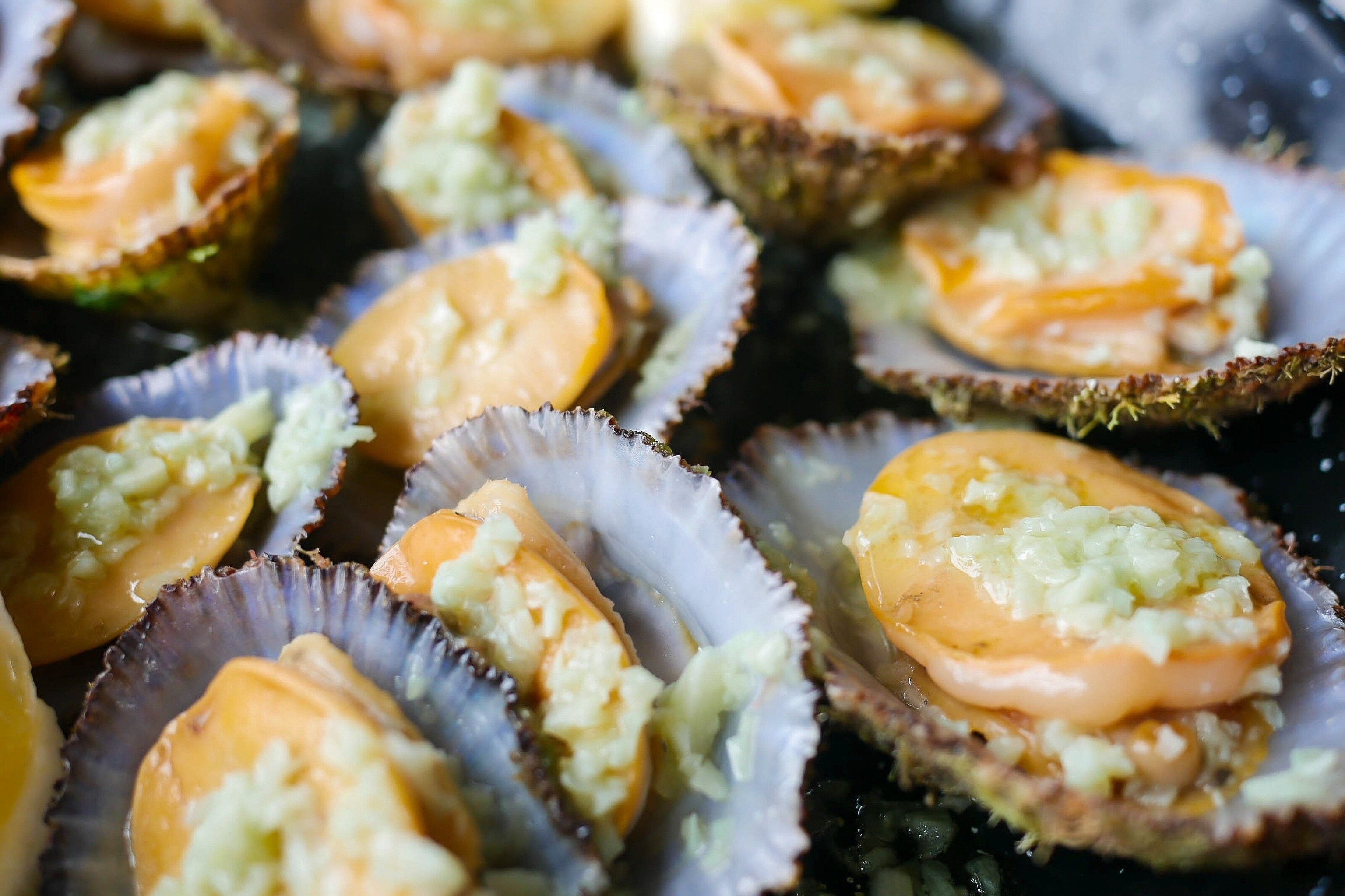
“My wine has two winemakers: me and the sea,” he says. This year, a series of storms and high winds meant he had very little to bottle. Other years — when the breeze is gentle, meaning the vines are brushed with sea salt, not battered with it — he produces wine that’s almost elemental in its flavour profile.
It’s not just the sea breeze that shapes Azorean produce; across the water, on São Jorge — the verdant isle with its eponymous cheese — it seems music plays a role too. Third-generation cheesemaker Manuel Silveira tells me he plays music by Azorean composer Francisco de Lacerda to his cows while milking them, insisting this improves the flavour of his Canada, a semi-hard variety aged for 60 days. “I treat them gently and don’t use cattle dogs,” he says. “If the cows are stressed, the milk isn’t as good.”
Dairy produce is a key feature on every island in the Azores (Azorean butter — such as sweet, creamy Rainha do Pico — is the best I’ve ever tasted). Cheese, too, has been a speciality of the islands for centuries, with each island producing its own unique type. “I’ve been making cheese since I was a small boy,” says Manuel. “I grew up with this.”
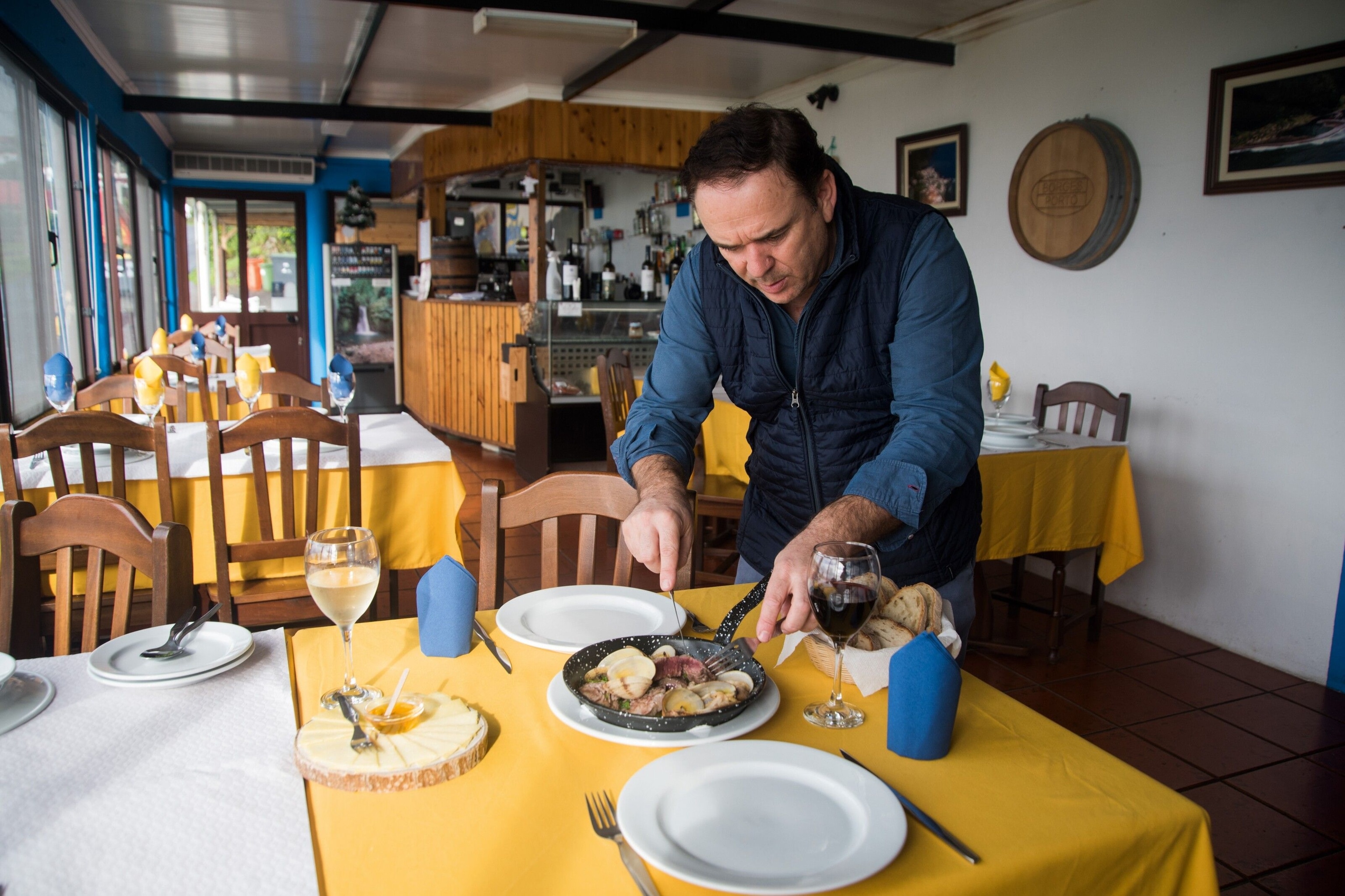
While much of the Azores’ produce is deeply rooted in the land, it’s hard not to overstate the importance of the sea. Over lunch at Sabores Sopranos restaurant, co-owner Carlos Ferreira exalts the islands’ tuna, as well as its other fish and seafood, including blackbelly rosefish, snapper, forkbeard, cavaca dos Açores (a lobster species) and locally revered limpets, known as lapas. “We have two types of limpet,” says Carlos. “Lapa brava is more orange, lapa mansa is more black. The secret when cooking is to do it fast, and don’t let them get too hard. Then we dress them with butter and garlic. Of course, my wife’s cooking [she’s the chef] makes all this excellent produce really wonderful.”
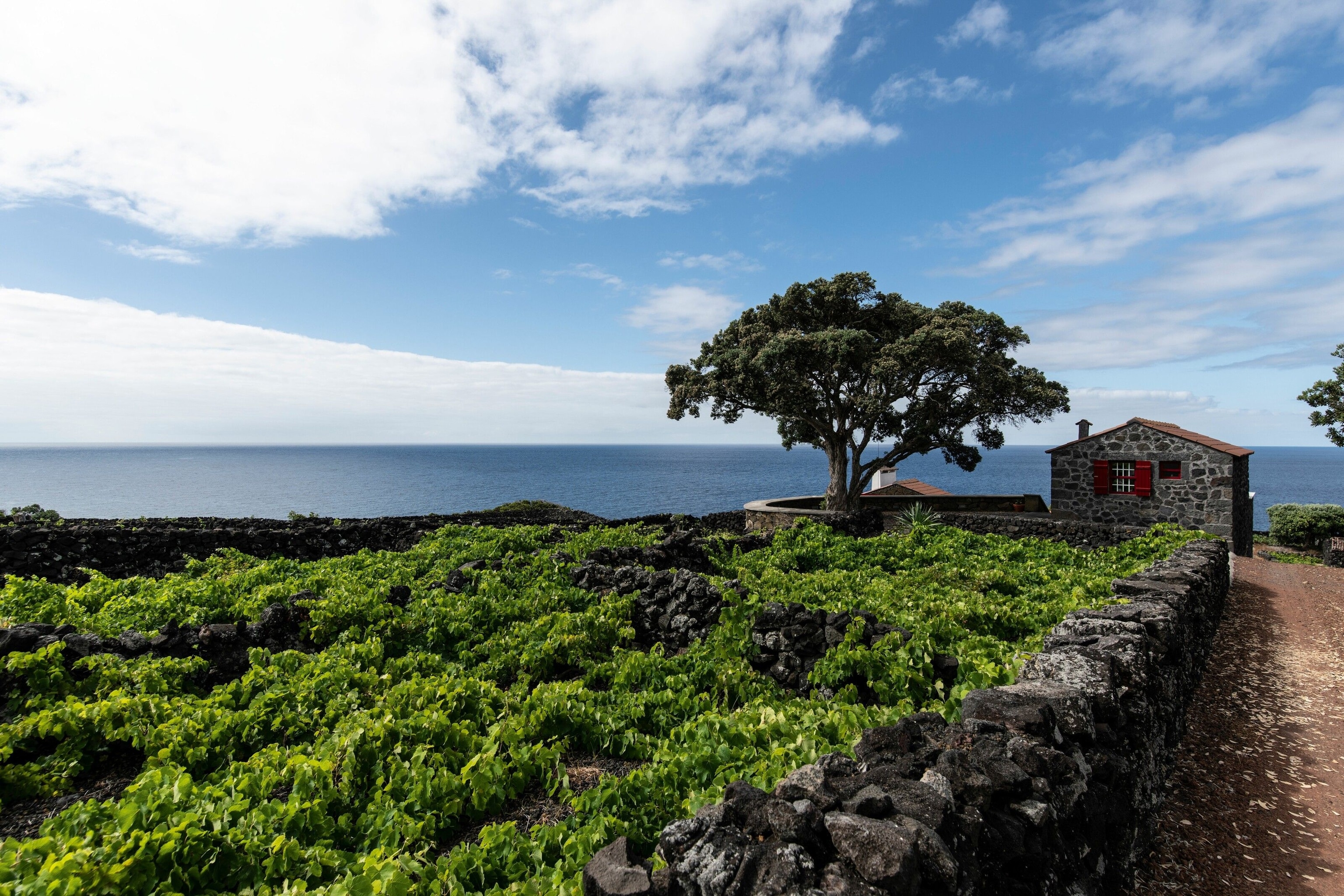
After lunch, Carlos drives me past waterfalls, hydrangeas and ocean views to Café da Fajã dos Vimes, a small coffee farm and cafe. The business gets its name from a geological hallmark of the Azores, fajãs: slopes formed from ancient lava flows that once ran down to the sea. Exceptionally fertile, they were used by settlers to grow yams, maize and vegetables. Three miles to the north is volcanic lagoon Lagoa Fajã da Caldeira de Santo Cristo, the only place in the archipelago where palourde clams — a local delicacy — can be found.
When we arrive at Café da Fajã dos Vimes, Dinah Nunes shows me around her family’s little coffee plantation in the back garden of their house. Coffee originally came to the island from Brazil in the late 18th century and thrived in the islands’ microclimate. “Our coffee has a very fruity taste,” says Dinah. “It’s arabica, and it’s already very aromatic.” She picks up a rock and begins to smash the reddish coffee beans that have been laid out to dry in the sun. “Because temperatures are mild here, the taste is less bitter. It’s soft, and there are fruity and floral notes. It’s imperfect perfect coffee.”
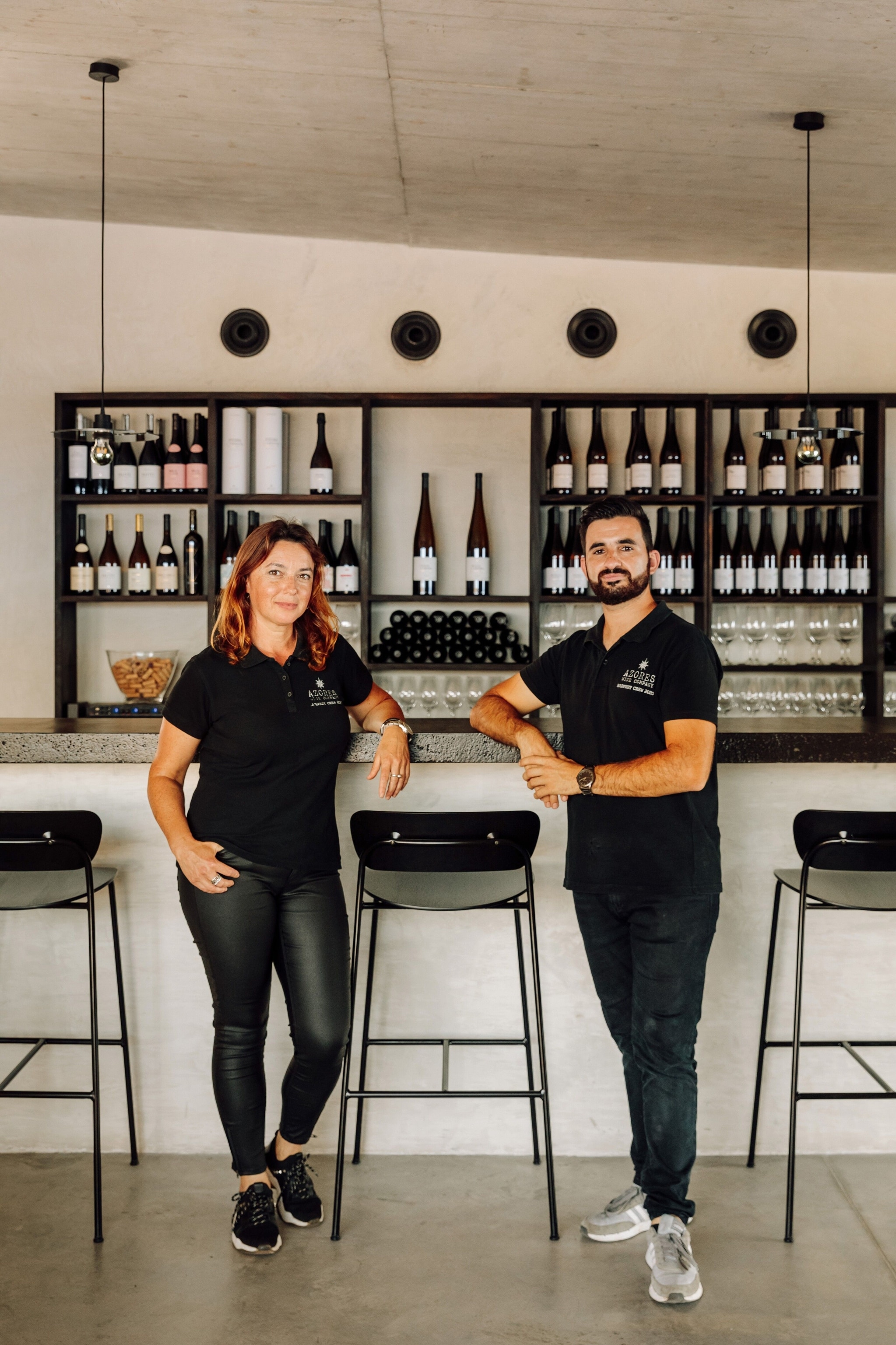
Leaving São Jorge behind, I cross the sea to Pico Island, where I’m hoping for a clear view of its eponymous, volcanic mountain (‘pico’ means ‘peak’). The Atlantic weather has prevailed, however, and its summit is ringed with mist. It’s bad news for me, but for the island’s winemakers, an abundance of cloud is a good thing.
“The mountain plays an important role because it attracts the clouds, and it rains more,” says Felipe Rocha, manager and co-founder of the Azores Wine Company. Felipe began to re-establish Pico’s vineyards in 2014, long after they’d been decimated by disease in the 19th century. Now he produces some of the best wine in Portugal, including Vinha dos Utras, at a cool €240 (£200) a bottle. Housed in a stunning building, the new winery, tasting room, restaurant and six chic studio apartments — moments from the sea, overlooking the vines — is part of a network of vineyards on the island that’s been protected as a UNESCO World Heritage Site since 2004.
“The ancient people say you should plant vines where you can hear the crabs singing,” says Felipe, as he opens a bottle of minerally Terrantez do Pico. “And this is where we have our adega. In Pico, an adega is much more than just a winery — it’s where people produce wine by the sea, a place to get together. You don’t invite friends to your house, you invite them to the adega. And there’s always a place for the old drunks to sleep.”
After making my through the delicious tasting menu — with a wine to match every course — I, too, bed down, at Felipe’s adega. In the morning, I’m greeted by the sweet smell of grapes mingling with the dry, stony scent of ancient lava warming in the sun. I walk down to the sea, watching it spray dramatically above the black rock, and, just for a minute, I imagine the crabs singing.
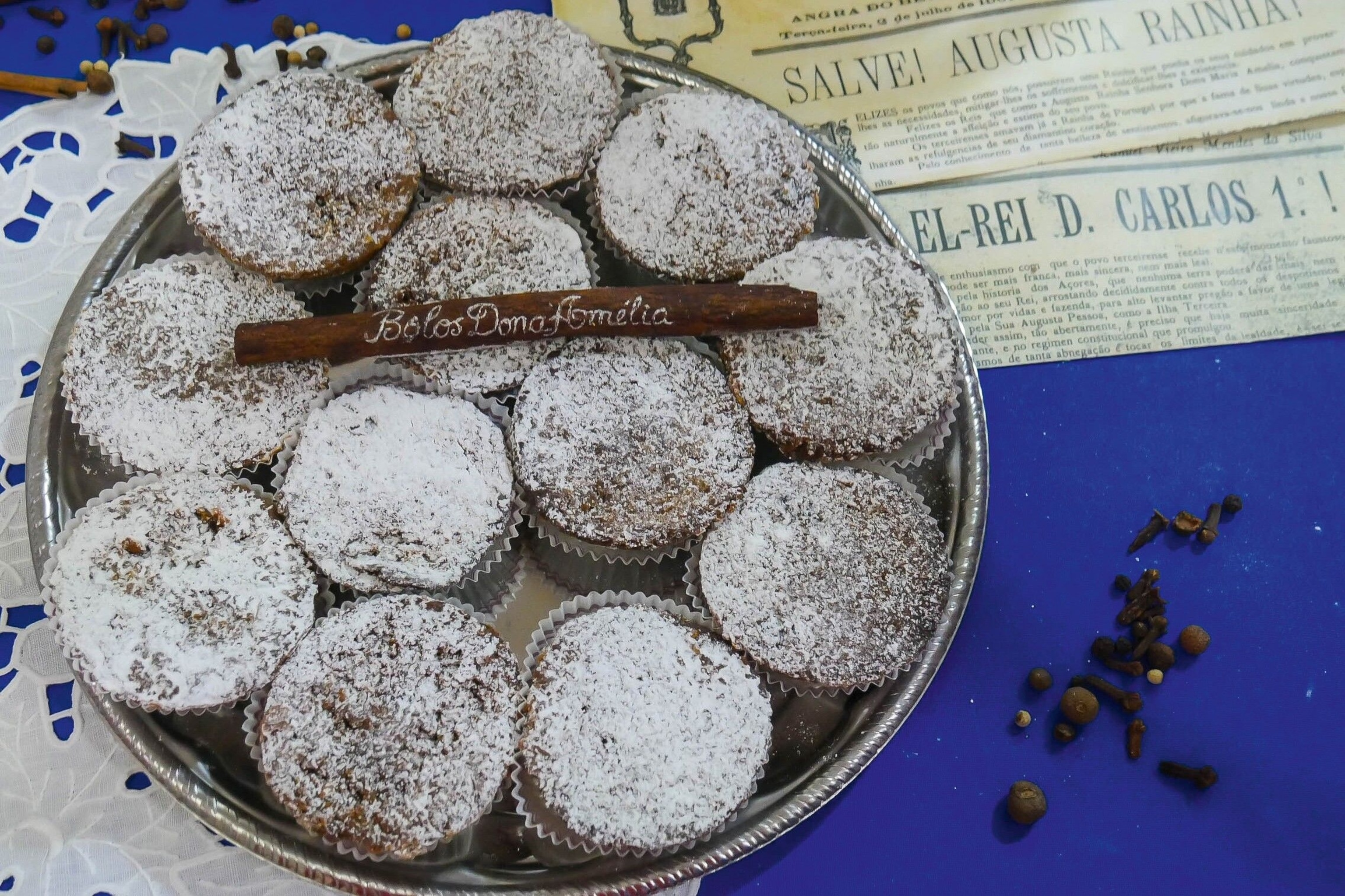
Three restaurants to visit in the Azores
1. Tasco ‘O Petisca’, Pico Island
Go for the seafood here, whether it’s cracas (barnacles) or tuna belly fried in olive oil and garlic. There’s also caldo de peixe (fish soup) and arroz de lapas (limpet rice). For dessert, try the Azorean pineapple with a shot of Lajido liqueur wine over the top. Three-course lunch without wine, from €20 (£17). Avenida Padre Nunes da Rosa 9950, Madalena.
2. Caneta, Terceira
Aged beef carpaccio, bone marrow with toast and grilled lapas are among the starters at Caneta, but it’s the locally reared Aberdeen Angus beef mains that are the highlight. They include alcatra, tongue stew, liver with onion sauce, and beef cooked in local ghee. Three-course lunch without wine, from €19 (£16).
3. Pico Restaurant, Azores Wine Company, Pico Island
Chefs José Diogo Costa and Angelina Pedra serve tasting menus with wine pairings in a restaurant with views over the Pico vineyards. These might feature sliced lapas, flamed with a little butter, with sea cabbage and sea beans; or snapper sashimi, with crispy fish skin and coriander. The six-course Rock and Raw menu with wine by the glass, costs around €96 (£80).
Published in the March 2022 issue of National Geographic Traveller (UK)
Follow us on social media
Facebook | Twitter | Instagram
